I originally titled this post "Holding Your Ground" because I had just hit target 1 on a trade where I was immediately taken far into the red, only to make a comeback over the next few days, but the more I thought about it, the success of this trade wasn't solely based on having confidence in my stop, rather learning from past mistakes and putting it in a smart place to begin with. As I trader I believe that trade management skills may be more important than being able to identify trades. Obviously you need to know how to find profitable setups but if you're unable to pick the proper entry point, place a safe enough stop, or pick the correct area to take profit off then you're screwed and will lose money. Trust me I've done this and it's not fun. I decided to call this post "Putting It All Together" because I felt as if this trade was a perfect example of putting all of those skills together and having it pay off.
I originally took the trade on what I was taught to be called an "aggressive C" buy. Predicting that the market would reverse off a fib point (78.6) and go on to form an advanced pattern (Gartley, Bat, Butterfly). There was some good structure towards my entry point so it qualified (by my rules) as a worthy trade. However, instead of placing my stops below that particular structure area I looked left of my chart and noticed another spike low. I've learned to always look at past price action just to see if there are any areas that I need to be concerned with. I've been stopped out of trades in the past by selecting the wrong area of support/resistance to take seriously so I knew that it would be a much wiser move to go with this other area of structure . Sure it increased my risk by a few more pips, but I felt that if I was correct in my analysis then it was worth it. And again, I had taken a few trades in the past where I was stopped out, only to see the market rally and make profit without me.
As you can see on the chart the market immediately shot down past the recent structure area only to retrace and form a new structure area followed by another shot up giving me a chance to bank half of my position at target 1 (which was also determined by using a combination of Fibonacci analysis and looking at the structure around that area. Again in the past I used to go strictly by the fibs and I had many cases where price action would reverse a few pips before my target because of a structure area that I overlooked. So now I take both very seriously and simply try to predict where the market is most likely to go before hitting some resistance (by structure or fibs) and set my profits BEFORE that area just to be safe. After all I'd much rather take 10pips les sin profit than lose the entire load.
I wrote this post not to brag about a winning trade, (because I know you guys can care less, but to demonstrate how having proper knowledge of the market can be used to manage a trade and hopefully hold on to a few dollars that would otherwise fall victim to the market. I didn't mention it earlier but I also tracked this trade on the 60m chart and was able to move my stops up and decrease my risk even before target 1 was hit. Which is something I like to do a lot if the market gives me that opportunity. But again, you have to have rules that tell you what signals allow you to do so, because if you just randomly start moving stops up, you'll wind up getting whipsawed and taken out on a trade that will go on to win. The overall key is to remember the mistakes that you've made in the past because similar situations will occur in the future. And if you make the same mistake again, well that's just plain dumb. However if you learn from a past mistake and use that to better your strategy or technique the next go around. Well then you're on your way to some real trading success assuming you stay consistent.
To see the chart of this trade please visit the Chart Talk section of this site.
Thanks, Akil. L. Stokes
@IamBusinessTR
Along with day trading, managing the single swing trade I have on and trying to figure out why my website won't let me load pictures, I spent the majority of this morning (and the last 2) working on a system that I can use to trade longer term (daily chart). This is something I've been working on for a while only to have no success. Well, I shouldn't say no success, rather I haven't reached the numbers that I was looking to hit in order to feel comfortable trading a portfolio. Just like my with my day trading, I started out using a basic system I was given from Todd Brown at Triple Threat Trading (The Big Mo System) and adding/subtracting parameters and filters that work to my liking. After 3 days of going through different pairings of indicators I think I may have found something that is worth back testing. This means that it passed my initial eye test and I did some brief undetailed testing which was positive. This afternoon (or tomorrow morning) I look forward to setting up my spreadsheet and getting the real back testing done.
A lot of traders pride themselves in creating a personal trading system/strategy. I personally don't care if I trade a strategy that I created or someone else's as long as it makes money, but I do understand the sense of fulfillment that is felt for those who are able to create something new that is profitable. Although I have never created something new (and who knows if there is anything new left) I do have a few systems that I was given or read about in the past that I occasionally play around with (adding my own little tweaks and whatnot). Due to my personality I am never content with standing still, therefore I am always looking for a way to make my trading better and more efficient. So I am constantly going through systems that I use and testing new parameters and filters on them to see what kind of difference they make. For me this is an exciting, yet very frustrating process.
Anybody that has created a system knows that it is a long drawn out process. First you have to think of what you want to do, then you have to apply it to a chart, then do an eye test to see if it's worth testing. If it is worth testing then you have to go through enough past market data to get quality information. Then you take that information and come to conclusions on it. Long story short a lot of the time this process ends in failure. Actually I should rephrase that, not failure but, not in a system that is ready to trade. Therefore after that initial run through you usually end up adjusting, or adding something that you think will help out the strategy. And once you have a new set of parameters in mind you have to run through the entire process again.
If you're looking for a quick fix, then this process will be really annoying and frustrating, but if you keep your sights on the bigger picture then, you'll realize that each "failure" brings you one step closer to finding the process that works. And that only needs to happen once in order to have long success.
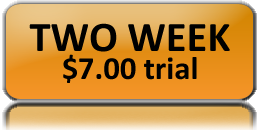
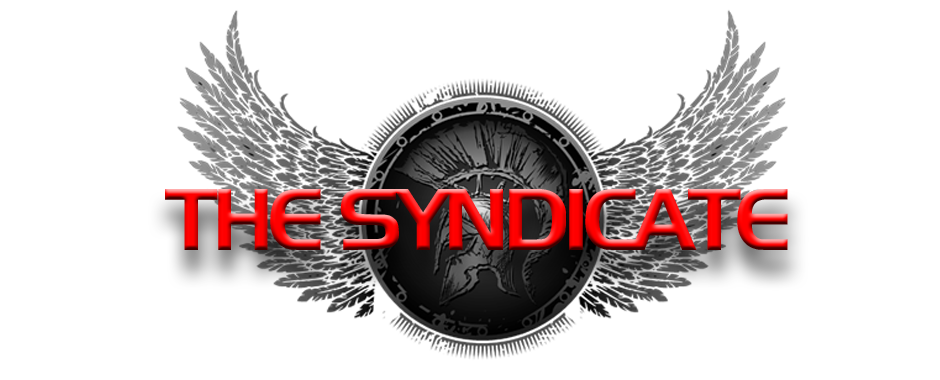
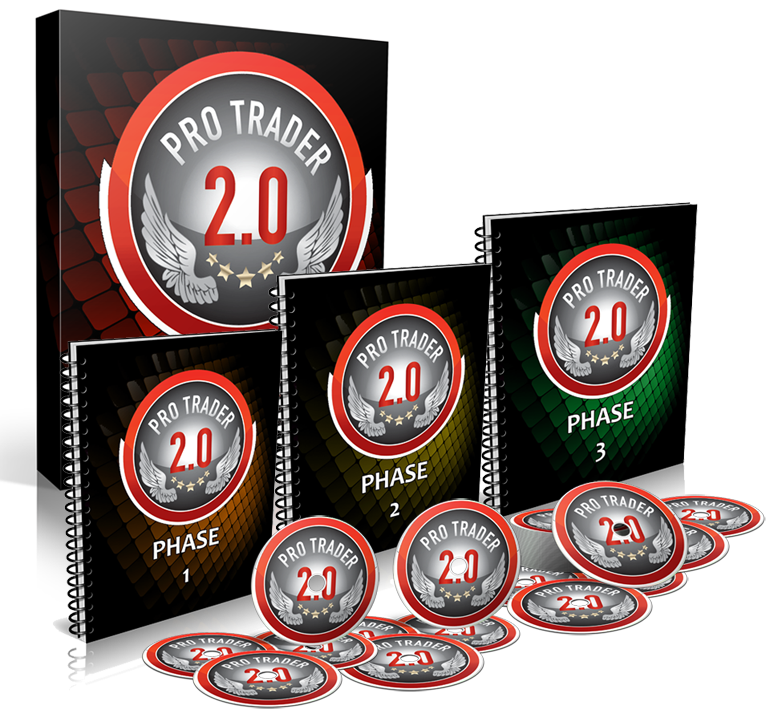
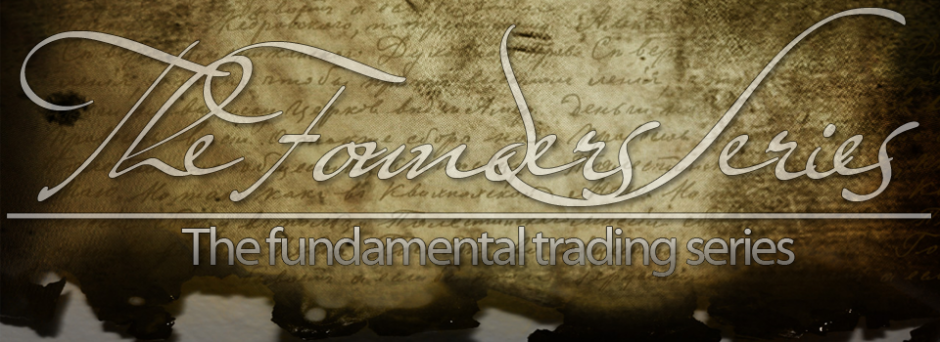



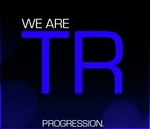
 RSS Feed
RSS Feed